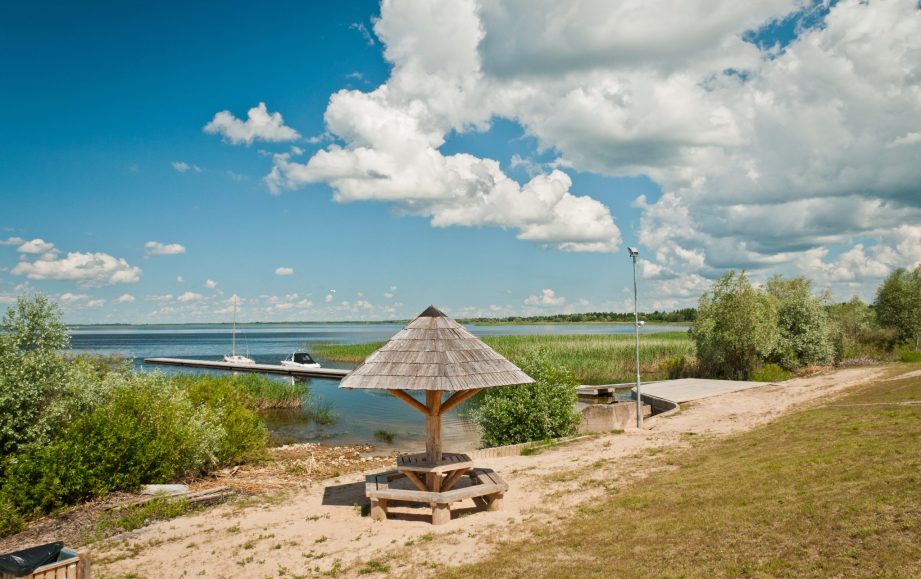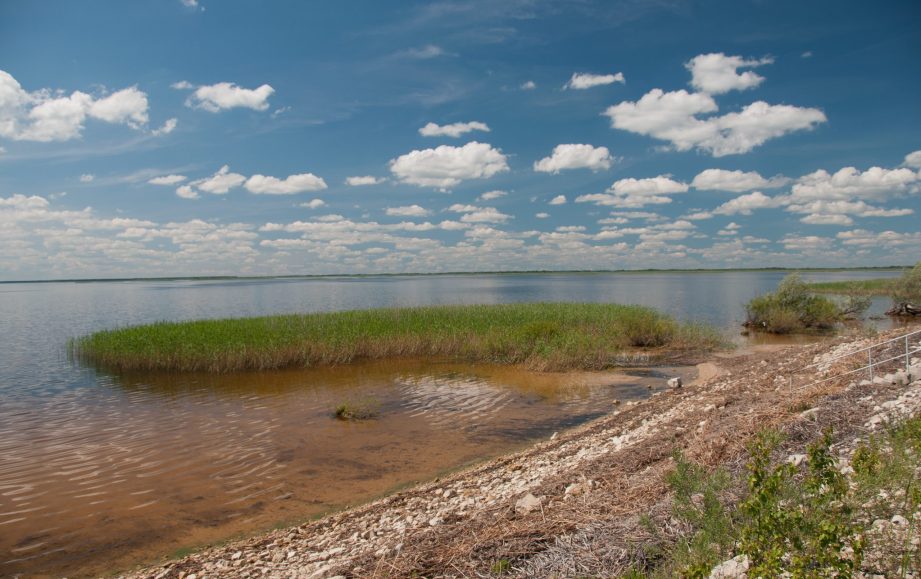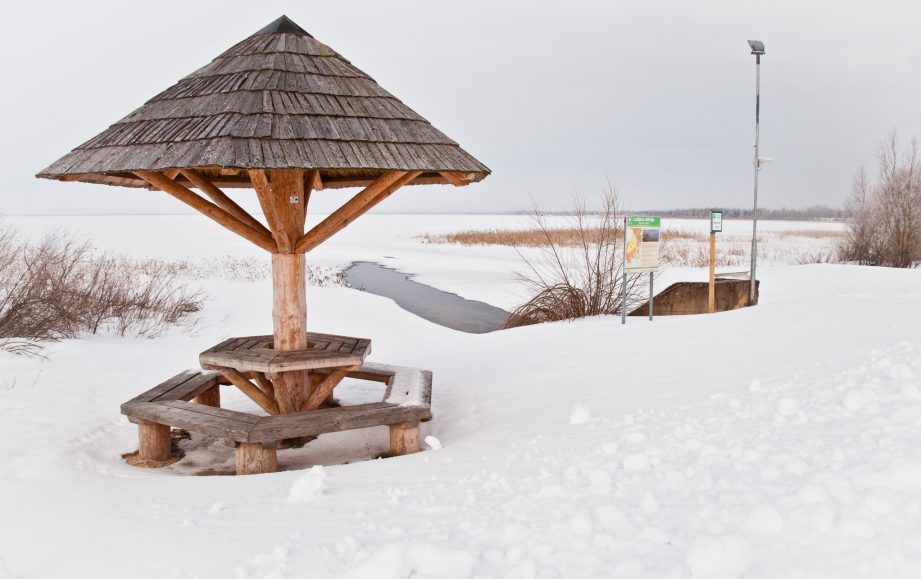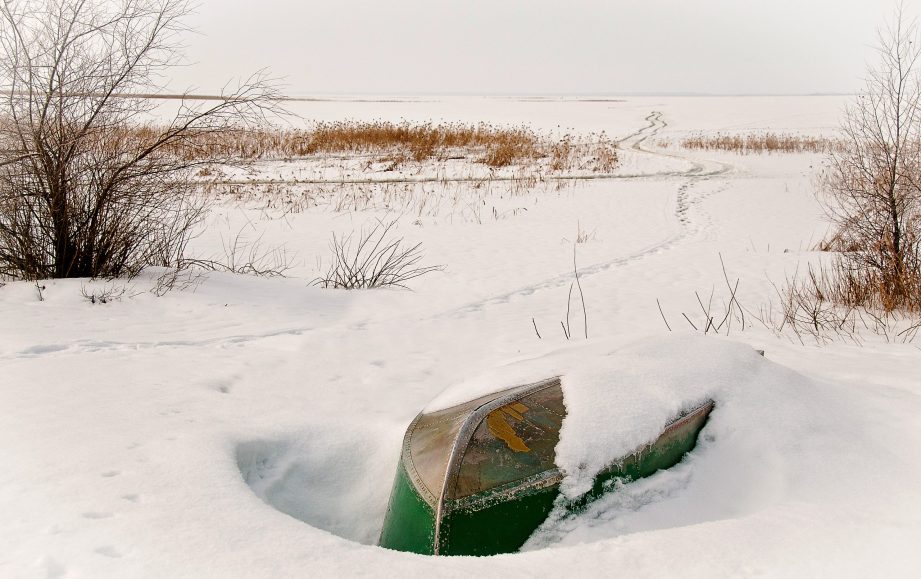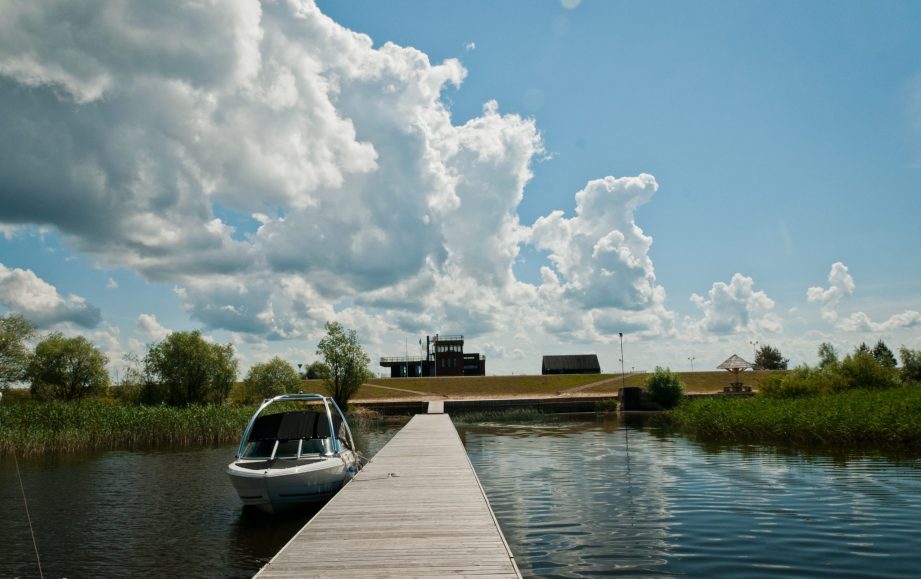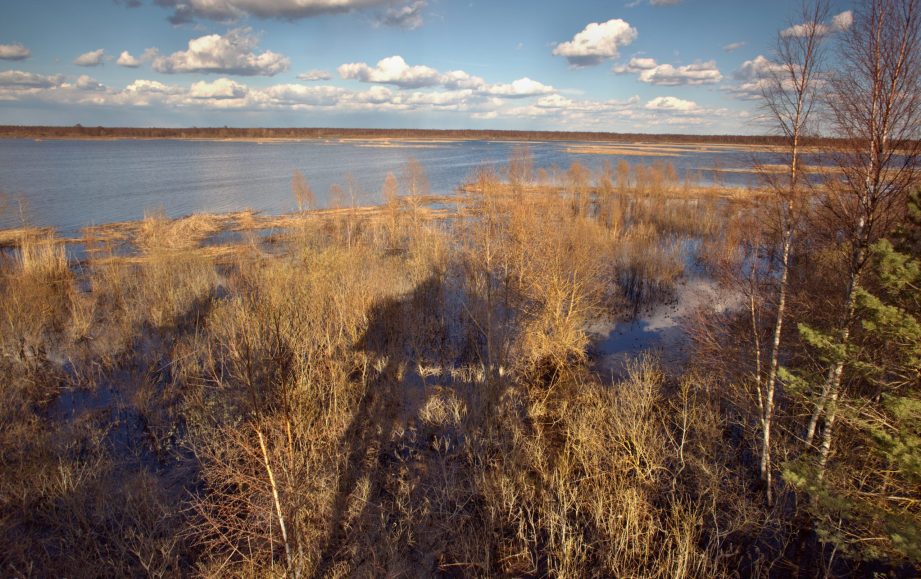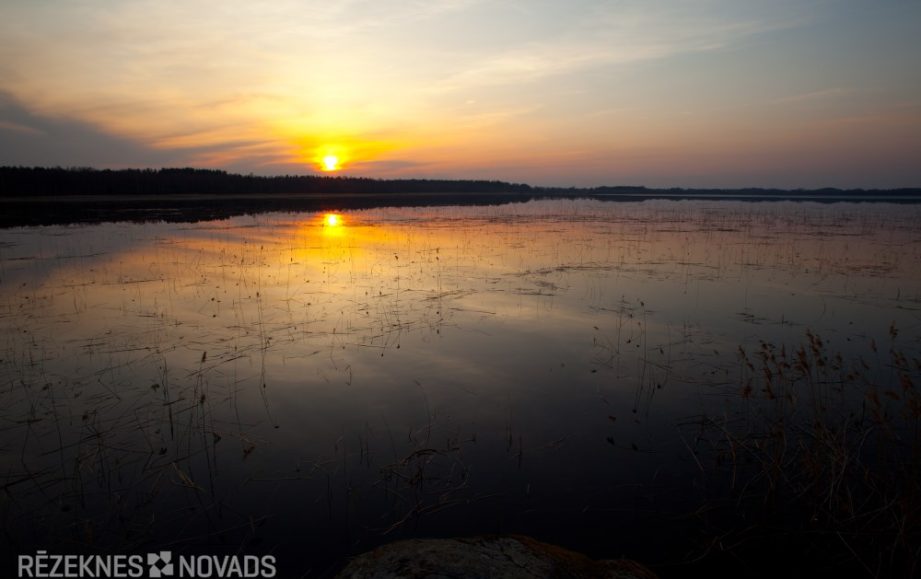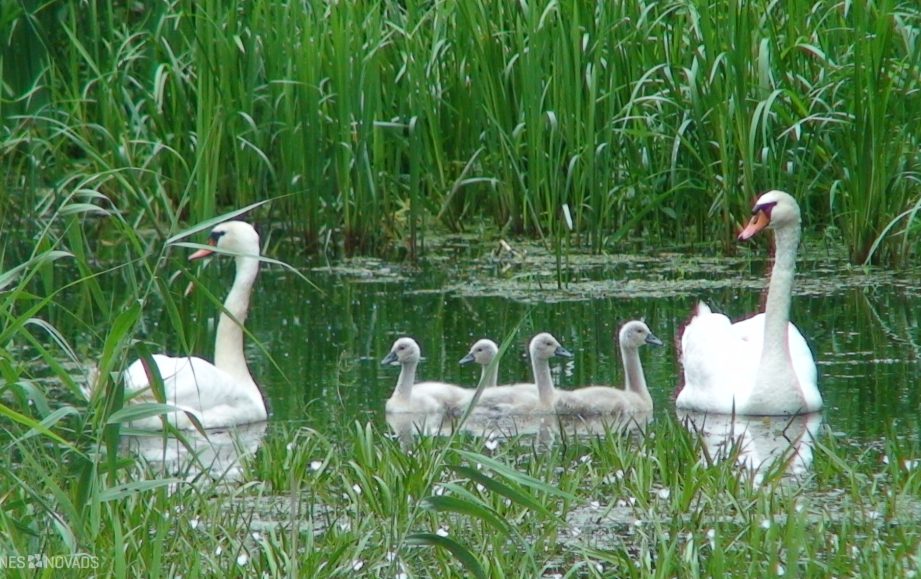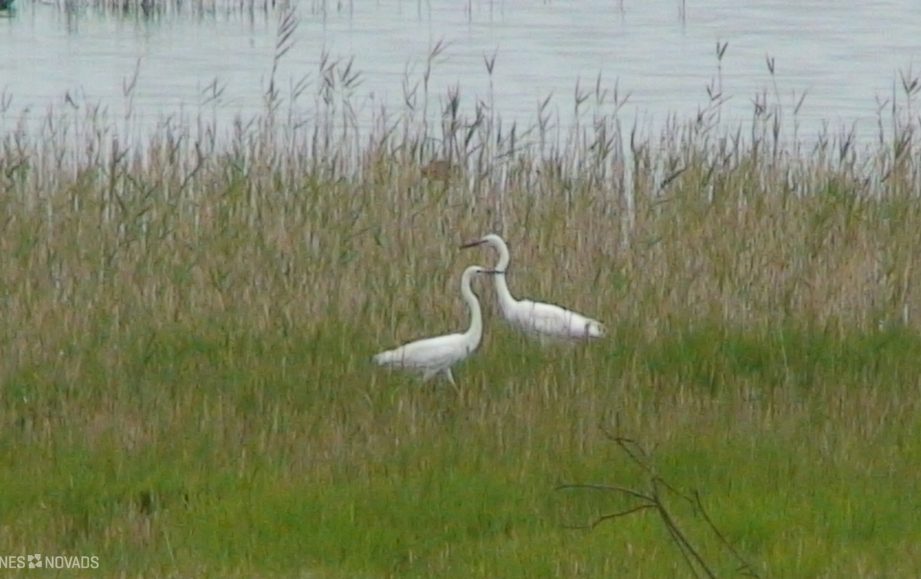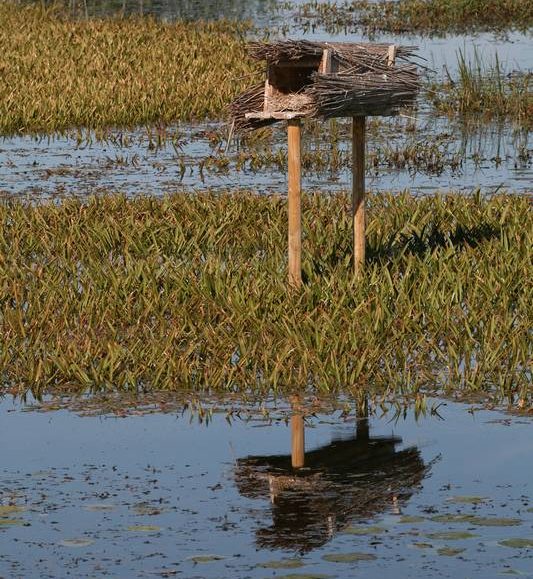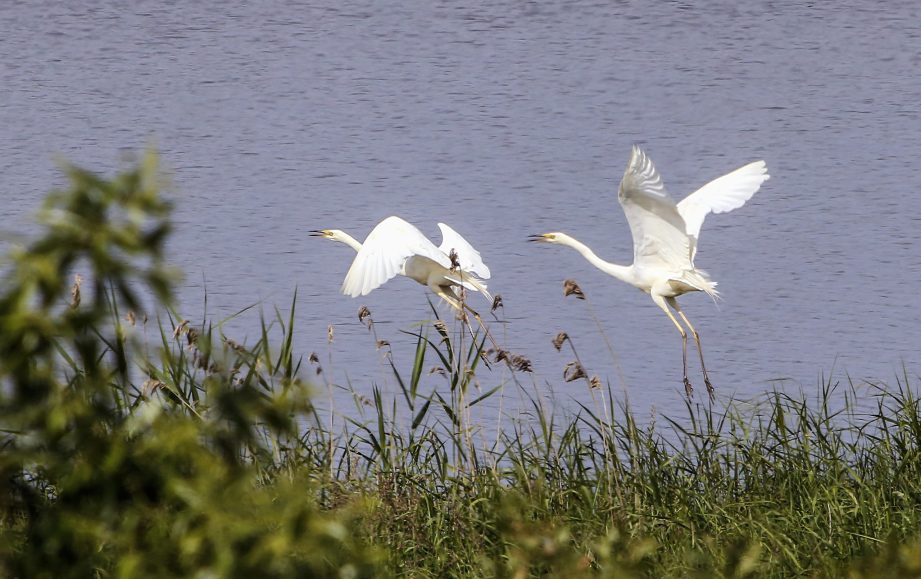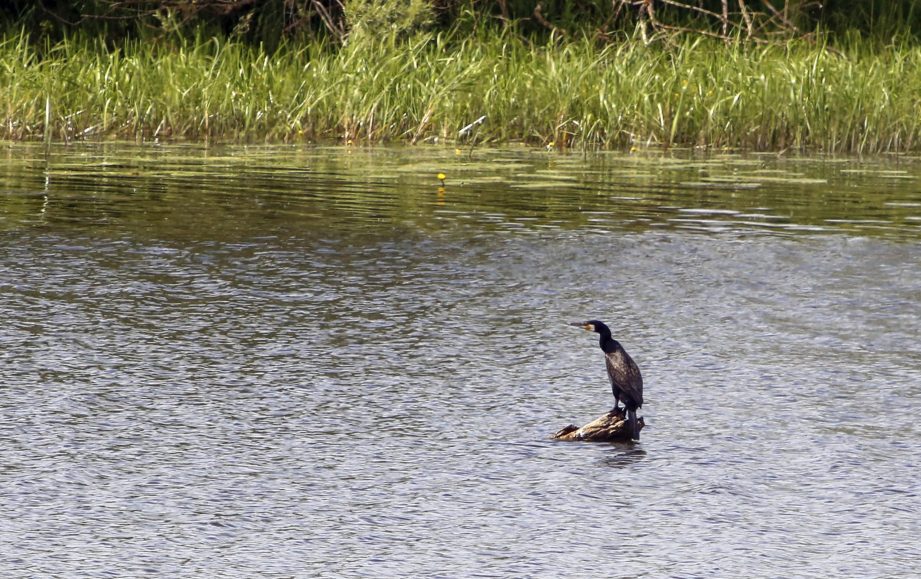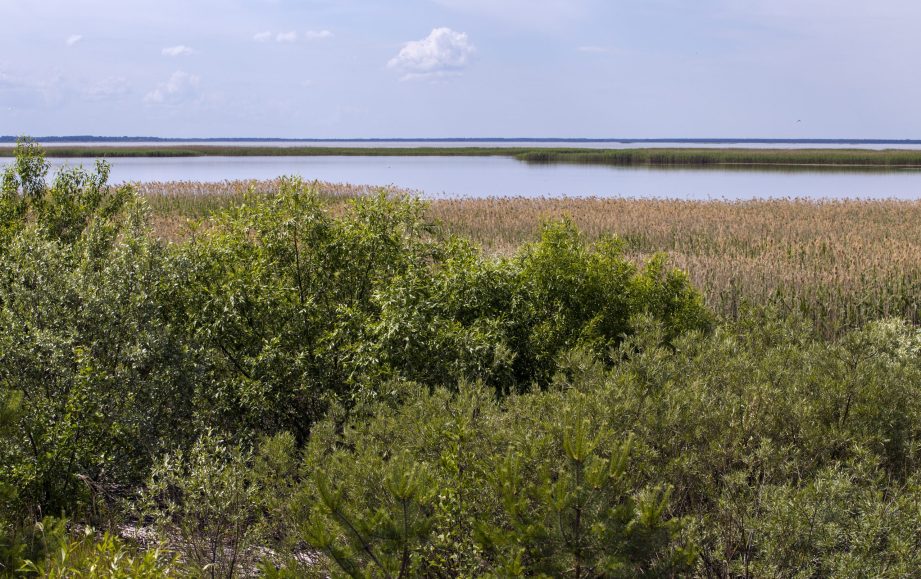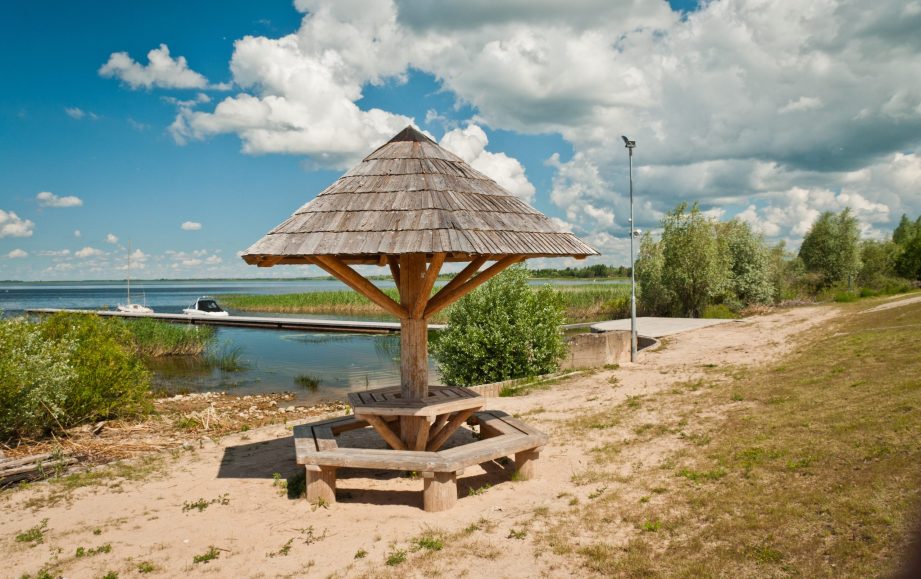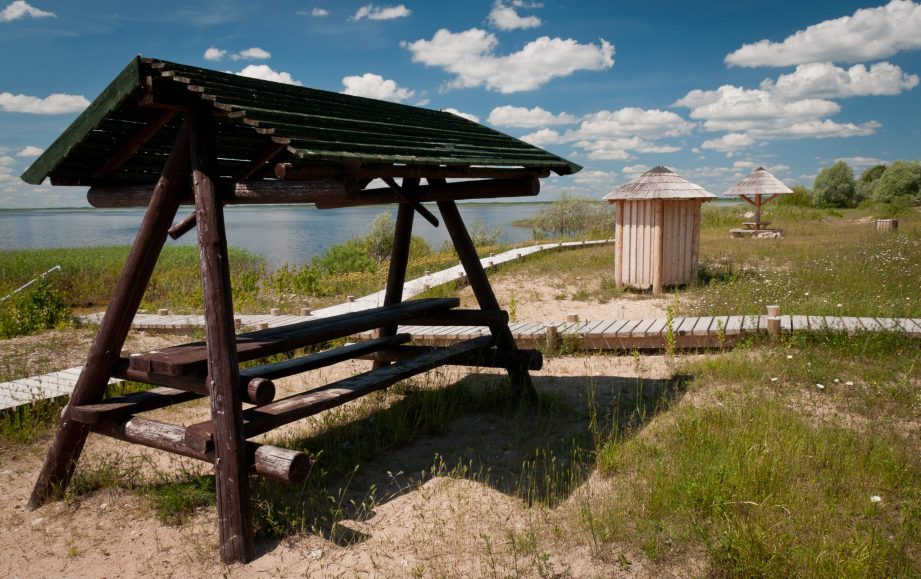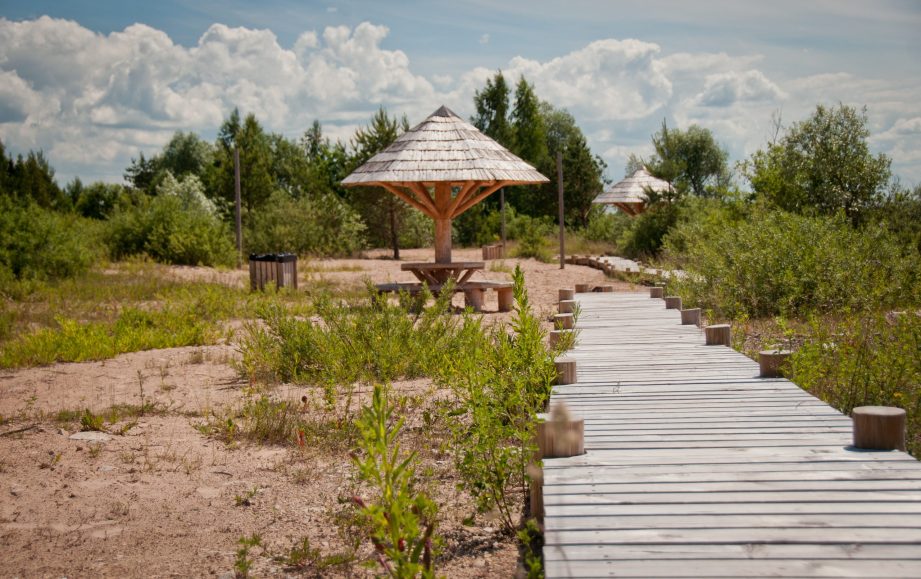Lubāns Lake
Maximum sentence length exceeded.
Lubāns Lake Lubāns - Latvia's largest lake with a total area of 80 '2 ha is the largest lake of Latvia, which formed around 10 –13 years ago as a result of ice melting. 20 th century. A number of catastrophic spring pals came to Lubāns. The area of the lake mirror grew more than 5 times and the floods ran from 70 to 270 days. The damage caused by floods was the main reason for addressing the problem of Lubāns in the past 150 years. After the works performed today, the banks of Lubāns Lake have been transformed, they are surrounded by a dams and canal system; and It is Lubānsmost successful lake in Europe.
The level of water is regulated through the Lake Aiviekste Lock and Lake Outlet Canal (Kalnagala). Nature reserve “Lubāns wetlands” is the largest domestic wetlands in Latvia. The barring is designed to ensure the protection of marshes, forest arrays, palants or clan grassland and wetlands around Lubāns Lake. Lubāns wetlands in terms of biodiversity, there is a unique place not only in Latvia, but also internationally – a natural reserve, included in the European Union network of protected areas NATURA 2000 and according to the criteria of the Ramsar Convention – a wetlands of international significance, as well as the site of the international bird protection organisation Bird Life International, the important site of the Lubāns wetlands that local residents have already known as clan,
who are the low and high marshes, the wet meadows, the damp forests that have formed for thousands of years. In early spring and autumn, Lubāns and the surrounding ponds become a swimming lake, as thousands of migratory swans enter here. For 2-3 weeks, there is a continuous swimming song that is convenient to observe from the “beacon” terrace of the watercourse development centre. https://rezeknesnovads.lv/wp-content/uploads/2021/01/Putni_Lubana_Mitraja-1.pdf
For information on birds at Lubāns Lake, see:
The name of Lubāns Lake, as the linguists think, comes from Estonian and means “open space”. Archaeological excavations indicate that Lubāns Lake's wetlands were the first populated site in Latvia after the resignation of glaciers to the north. The presence of a man has been demonstrated since the late paleolite of more than 10 000 years ago. This is confirmed by the archaeologists' known settlements of 27 stone-time people. The Lubāns clan is one of the largest wetlands in Europe with a total area of around 78 000 hectares, of which 46 000 hectares were located in a large area of stone age. It is believed that one of the largest neolithic processing centres in Europe has been localised in the barring area. Although the lake and its surroundings are transformed, the area is unique, especially the white clan.
- Teirumnīki swamp trail
- Video:
- Lubāns Lake Tourism Quote
- Museum of ancient musical instruments Rēzekne municipality
- Lubāns Lake Tourism Video 2020. “Fish and sensation”
Bird-watching in Lubāns Wetlands 2021 The only river that is out of the lake is Aiviekste. It is one of the most complex and water-featured rivers in Latvia. The upstream river has a slight drop. The dolomite at the bottom of the river is a threshold that has always disturbed the deepening of the bottom. The small depth of the bed, the width and the drop greatly restricted the flow of water. In spring, the amount of water flowing in the Aiviekstes upstream is 2 – 4 times the water flow rate. As a result, the waters flowing in the spring of Aiviekstes were flowing not to the Daugava, but back to Luban, which caused great floods. In the rich spring, the lake and the surrounding clan formed a common water body in a large area of 600 km ². It is at least 6 times greater than Lubāns on its natural banks. In order to reduce the flooding, the Aiviekste was deepened and straightened in the last century, but Lubāns was inspired. After the inspiration of Lubāns, a large part of the rivers flowing into Lubāns through the Meuranium Channel, entering Lubāns, was entered directly in Aiviekste. Meuranium Channel
is the largest in the Baltic States. Its depth exceeds 10 m and the width is 80 m. The water influx of the Aiviekstes is regulated by sluices.
Lubāns Lake is a great place of active recreational, fishing and ecotourism. Fish such as alkaline, crying, carp, corpses, sharps, carousels, flags etc. are present in the lake waters. A diverse plant country. There are rare and protected plants in the plains of Lubāns – Baltic poetry, forest silhouette, pundurbirch, carton of melancholy, as well as representatives of many other plant species.
| Address | Gaigalavas un Nagļu pagasti, Rēzeknes novads |
| Coordinates | 56.774221; 26.865306 |
| Phone | +371 28301143 |

